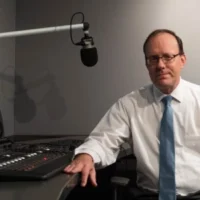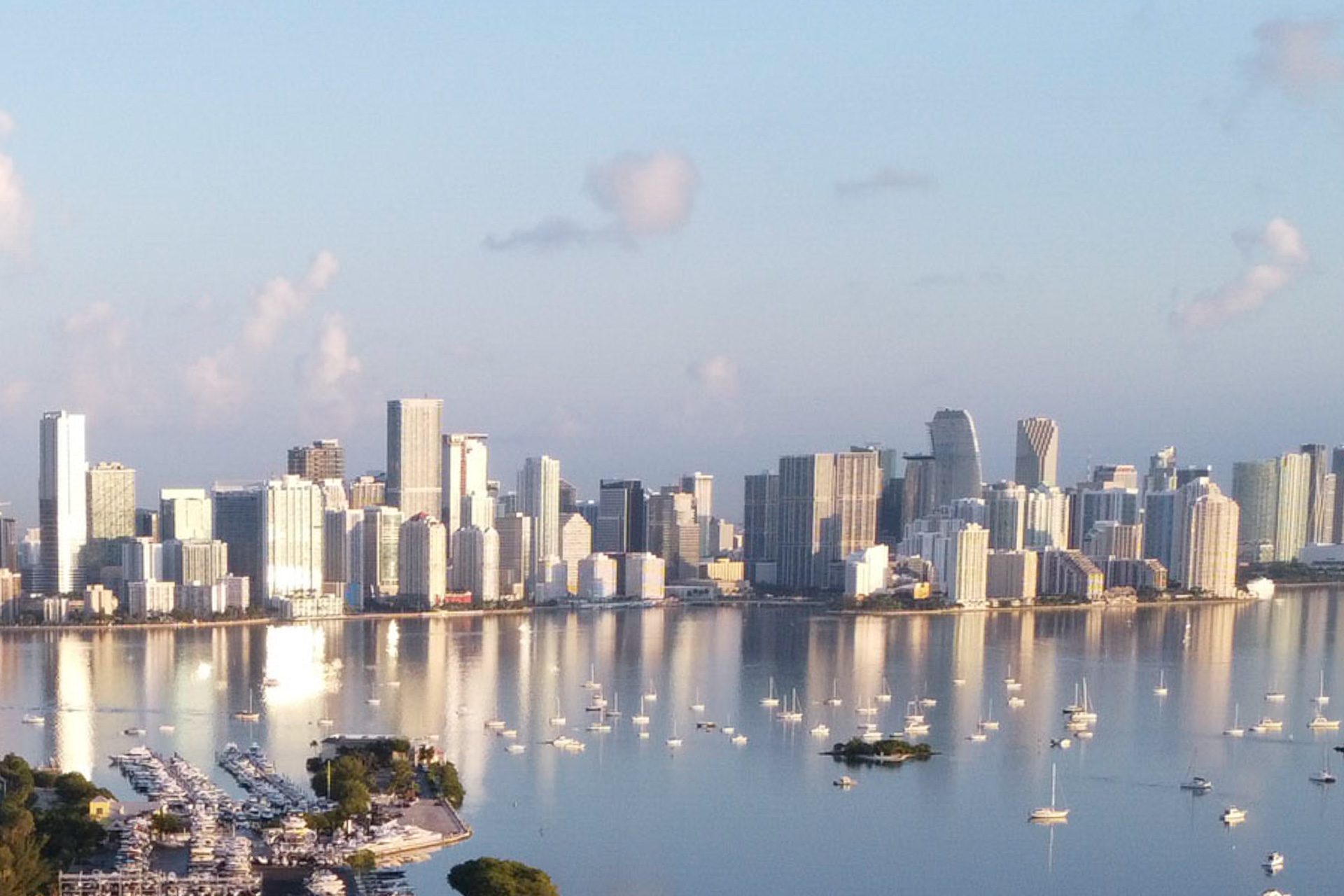Top global investment firm says Miami housing market may be a ‘bubble.’ Will it will burst?
There are lots of ways to describe the regional housing market — unaffordable, high priced, competitive, uncertain.
A new analysis uses the “B” word.
Yes, bubble.
Miami’s housing market topped the list of more than two dozen cities across five continents in the annual Global Real Estate Bubble Risk Index from investment firm UBS. A year ago, Miami was number three, labeled as “overvalued,” which is lower on the bank’s risk scale.
– Sponsored –
The median price of a single family home sold in South Florida continues to rise, though at a much slower rate then over the past several years. Median prices were up between 1% and 3% in Miami-Dade, Broward and Palm Beach counties, according to data from the Miami Association of Realtors.
The UBS report compares home prices and rental rates to incomes among its data points. It describes “bubble risk” as “the prevalence of a risk of a large price correction.” The report also cautions reading too much into its use of the “B” word. It notes the existence of bubbles can only be proven after they burst.
“This report [does not] say, ‘This is a market that is in danger of suffering a massive price retrenchment,’” said Jon Woloshin, head of U.S. Real Estate at UBS Wealth Management. “Miami has been one of the most robust markets over the last five years in terms of price increases. I think it happened for the right reasons. A lot of jobs. A lot of population inflow. It’s economics 101. You just didn’t build enough capacity,” he said.
WLRN: The “B” word, bubble, is very provocative and certainly gets everybody’s attention in South Florida. What are the characteristics that define a real estate bubble?
WOLOSHIN: In my business, they say the most dangerous phrase is, ‘It’s different this time.’ But what I will tell you is every cycle has its differences. If we look at what are some of the key differences are between the housing bubble period of 2003 to late 2007 and where we are today, (we find) several.
Number one — the quality of mortgage underwriting is worlds better today than it was. The behavior by buyers is a lot better. Some of that is a function of mortgage lending is much better. When I add it all up we have a much better backdrop.
I don’t want to tell you there were no risks, but the setup is just drastically different and more positive than it was back pre-global financial crisis.
WLRN: The report acknowledges that while prices for homes in Miami and the South Florida area have kept going up, the pace of increase has slowed down. Doesn’t that buy some time for local incomes and supply to catch up to demand?
The short answer is yes, and you’re starting to see it particularly in some of the west coast markets of Florida.
WLRN: New regulations are coming for condominium buildings here in Florida after the Surfside tragedy from a few years ago. How do you expect that to impact the regional housing market?
I think for some of the older condos it’s going to cause some pretty serious issues. I think some of the residents of some of these older condos where the money is just not put in, it certainly could be challenging for them. Just looking at it from a supply-demand basis that could help balance out some of that imbalance that South Florida has seen in the past.

WLRN: And it could continue to put a premium on single family homes, couldn’t it?
Without a doubt it could. Yes.
WLRN: The report also mentions home insurance and environmental risks such as sea level rise as risk factors here in South Florida. Some other cities in the ranking or coastal cities facing these risks as well, particularly Amsterdam and Dubai. How might local mitigation strategies impact future price direction along the coast?
From the insurance perspective, (companies) are pricing very aggressively given what the industry has faced. I don’t see relief anytime soon.
On local mitigation efforts, that’s a different story. Whether it’s in the United States, whether it’s Amsterdam or Dubai, I would like to think and hope that both local and federal agencies are going to get ahead of this to the extent that they can. I don’t know how many more events need to be seen before somebody gets that memo. I can only look at it from my analytical perch. I think it’s high time we stopped talking about the problems and started bringing the solutions.

Tom Hudson is WLRN’s Senior Economics Editor and Special Correspondent. His work appears under a partnership between WLRN and the Key Biscayne Independent.



